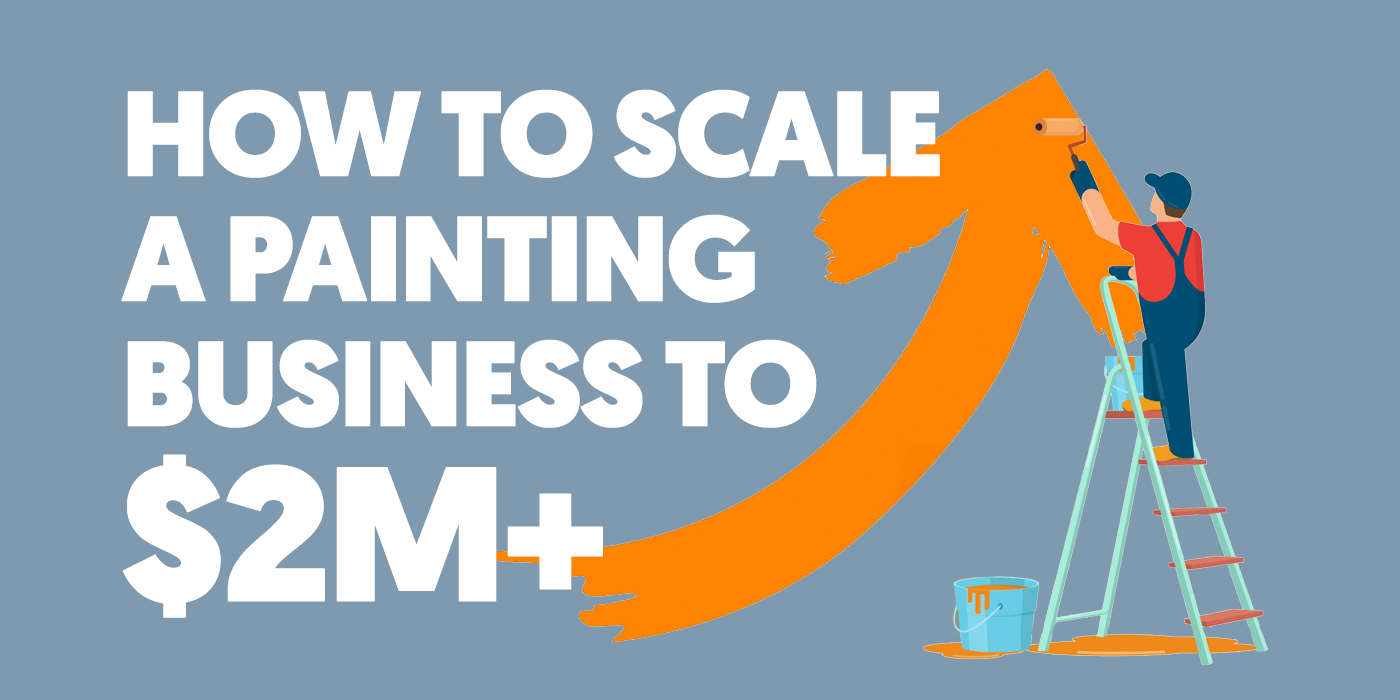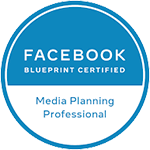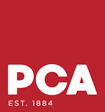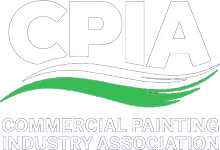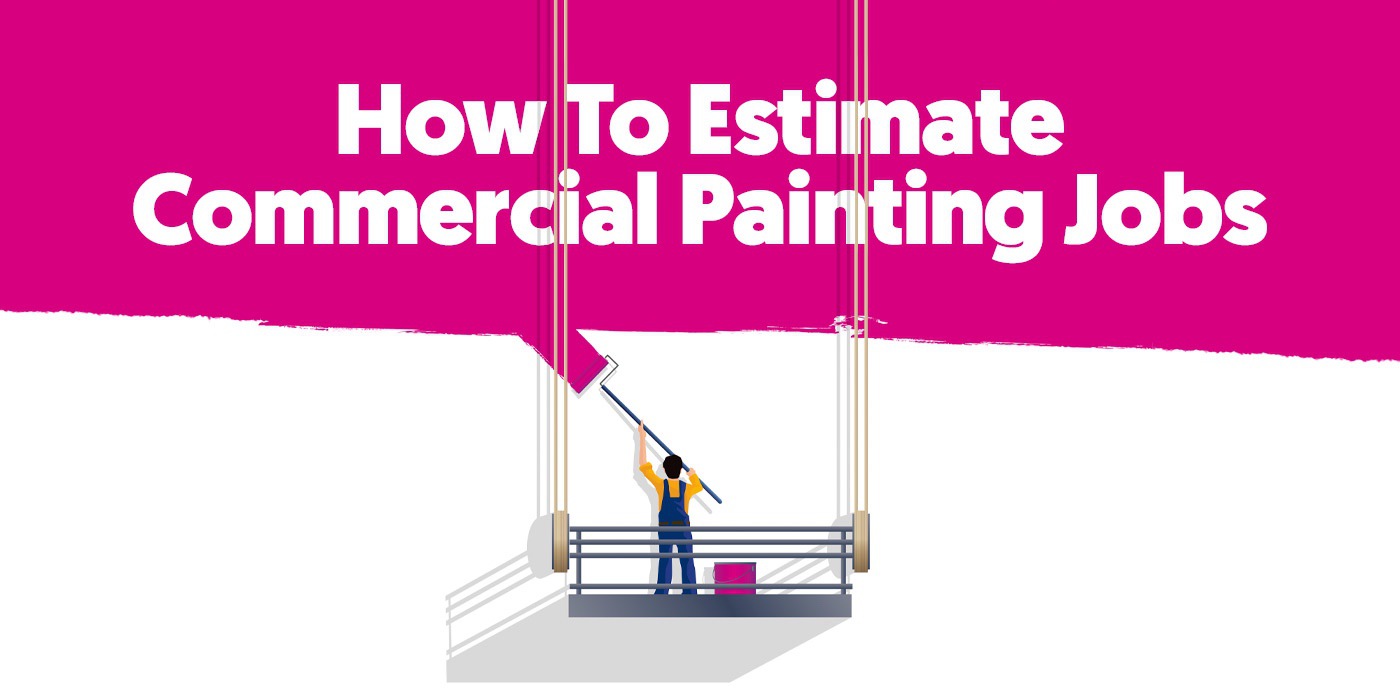
We already established that one of the more challenging aspects of running a painting business is job costing. Now let’s take it up a notch and discuss how to estimate projects with thousands of square feet — Yes, we’re talking about commercial painting estimates.
Here we will discuss how to estimate your next commercial painting project, and how to close those painting jobs after your estimate is delivered.
Let’s dive in!
Commercial Painting Estimates: Factors to Consider

Price estimates fluctuate considerably when painting commercial buildings, primarily due to the different factors the painting contractor must consider.
Specific prices will vary based on the type of coating required for each commercial application, the quantity of paint needed, and the size of the overall project. Still, every reputable painting company should weigh these four criteria before delivering a commercial painting estimate:
How Much, And What Type Of Paint Will You Need?
Your overall cost is determined significantly by the painting materials required to complete a project. Consequently, to give an accurate cost estimate, you must consider how much paint you’ll use to adequately coat and protect the interior or exterior surfaces.
The total cost comes down to more than just the amount of paint needed for one fresh coat. Therefore, when estimating costs, ask yourself these critical questions:
What Wall Preparation Tasks Stand in Your Way?
The average commercial property is covered in imperfections and obstacles that will add time and labor costs to your commercial painting project.
Most commercial painting projects will force your team into some major prep work such as finding and fixing imperfections, covering excessive floor space, and smoothing textured or damaged surfaces.
More prep work means your paint job will demand a higher labor cost. Similarly, you’ll need more paint supplies to cover more wall space and counter the obstacles of the average commercial paint job. All those factors play a significant role in what the final commercial painting estimate will total.
Are You Ready To Negotiate?
Every commercial property owner wants to save funds however possible, and the average professional painter should have a few ways to make that possible, including the following:
What Is the Cost Per Square Foot?

The easiest way to estimate how much paint you’ll need and how much labor will cost is to calculate your services per square foot. Simply put, the more surface area your professional commercial painting company needs to cover, the longer you’ll be working and the more paint you’ll need.
Pro Tip: Most commercial projects will have a higher square foot cost on the contractor compared to residential spaces, so don’t use the same formula for your commercial jobs (they will run higher than if you were painting a home).
How to Bid a Commercial Painting Job in 2022

Consider the Commercial Painting Estimate in Hours
It’s not always easy to estimate how long your painting services will take when painting a large commercial space, but it’s essential to account for this when estimating your commercial painting project.
Pro Tip: Most commercial painters combat this by estimating labor costs per room or section rather than guessing the cost per square foot of an entire building.
This tactic will not only give you an accurate sense of your commercial painting cost, but it will also give you and your prospect an estimate of how long the commercial painting project will take. Since business downtime is a critical factor for most property owners we recommend offering to complete projects off-hours to close the deal.
Account For Inflated Costs
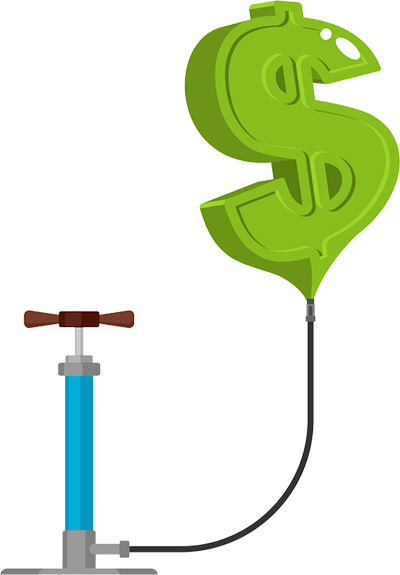
Most professional painters want to give their prospects a competitive price to dissuade them from the competition. However, the average commercial painting cost has skyrocketed since the beginning of the global COVID-19 pandemic.
Paint costs have increased more than ever before, and the price for paint trays, spraying equipment, drop cloths, and other materials aren’t far behind. Consequently, this year commercial painting bids are the highest they have ever been.
Remember, contractors are now pricing their painting projects higher out of necessity to cover increased overhead costs. New commercial painting companies might hesitate to increase their average project cost, but most prospects will understand why material costs are peaking and look past the price tag.
Don’t Be Afraid to Turn Down a Commercial Painting Project
Most painting contractors hesitate to reject offers for exterior and interior commercial painting projects often because the total square footage of commercial buildings brings in a decent paycheck.
With that said, bidding for brand new buildings and “blue book” sites simply because of the project size can sometimes do more harm than good.
This is primarily due to vague, complex instructions with a high risk of upsetting your client.
Since new business owners are typically inexperienced, many won’t know what they want from your service. If your client gives you a task that’s too demanding or non-specific, we recommend not involving yourself or your company.
Calculating a Commercial Painting Job Estimate

Estimating how much paint and material you’ll need for a commercial painting job, and how much it will cost can be tricky. To simply things, break it down into smaller numbers.
We recommend first determining the cost of your supplies — Ask yourself: How much will one gallon of paint for this project cost?
Then determine what materials you’ll need — Ask yourself: How many rollers, brushes, ladders, etc will I need? How long do the rollers and brushes last during a large painting project?
Paint Coverage Estimates
Interior/Exterior Paint Calculation
Square footage of surface area / square footage of paint coverage = total gallons of paint needed
For Example: 20,000 sq. ft / 325 sq. ft. = 62 gallons (round up to be safe)
Be sure to account for multiple coats. Depending on the surface, location, and color you’re covering you will want to plan for at least 2-3 coats.
Keep track of your material costs and the size of each project. With enough data you can calculate your estimates by multiplying a fixed percentage by the job cost.
For Example: If your material costs are $3,000, just divide that by .4 to get a rough estimate of $7,500. You can play around with these numbers to dial in your future estimates based on square footage alone.
Closing Your Commercial Painting Leads
Calculating total square footage, material/labor costs, and surface preparation timelines is a challenge in itself. Getting a prospect to commit to your services is a different beast altogether.
Prove Your Commercial Painting Company Is the Best
Most business owners will consult with at least three painting contractors before committing to a service.
With that in mind, if you can prove to your prospect that your company is the best in town during the initial consultation, they won’t feel the need to talk with any other painters. We already wrote an entire article detailing how to close painting estimates on the spot, but here’s a brief rundown:
Offer an Expedited Start Date
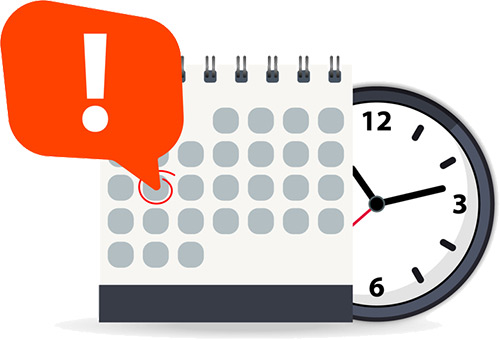
Painting thousands of square feet will take hours regardless of your team’s size, skill, and speed. Nobody wants to wait weeks or months for an appointment.
If your prospect communicates that urgency is a factor we recommend offering up expedited start dates during the estimate consultation. This small incentive might be enough to close your lead on the spot.
Better yet, pull out your calendar and show your clients your openings. If they see a schedule full of bookings, they know you’re not blowing them off by scheduling them a few weeks or months out; plus, they’ll notice how credible your company is.
Make Yourself Seen and Heard
If you can’t close your painting lead during the estimate, it doesn’t mean that you’ve lost the client’s service. However, you must fight for their attention to ensure that you’re the commercial painting company on their mind.
Call your leads early and often so they know you’re available and eager to offer your services. You can even add an accompanying text message and email to ensure they’ve heard from you.
Reaching out frequently has advantages beyond putting your company in customers’ minds.
For Example: If you talk with your prospective clients after they’ve met with other contractors, you can gauge what they’re looking for in a professional painter.
Once you have the prospect dialed in you can offer unique, time-sensitive benefits that might be a tipping point for a signed contract.
Learn More with Base Coat Marketing
Base Coat Marketing is an agency dedicated to helping professional painting companies improve their digital reach to generate more painting leads and close more jobs.
Rather than accepting generalized advice from marketers who don’t understand the industry, work with an agency exclusive to residential and commercial painters.
Give us a call today to discuss how we can generate high-quality, consistent monthly leads for your painting business.


